Short name SLC-36 Status Inactive Total launches 145 | Min / max
orbital inclination 28° - 57° Launch pad 2 | |
Operator Space Florida
Formerly:NASA
US Air Force First launch 18 May 1962
Atlas LV-3C Centaur-A AC-1 Last launch 31 August 2004
Atlas IIAS / NROL-1 Launch site Cape Canaveral Air Force Station (1962–2010) Similar Cape Canaveral Air Force, Spaceport Florida Launch C, Cape Canaveral Air Force, Cape Canaveral Air Force, Cape Canaveral Air Force | ||
Launch Complex 36 (LC-36)—formerly known as Space Launch Complex 36 (SLC-36) from 1997 to 2010—is a launch complex at Cape Canaveral Air Force Station in Brevard County, Florida. It was used for Atlas launches by NASA and the US Air Force from 1962 until 2005.
Contents
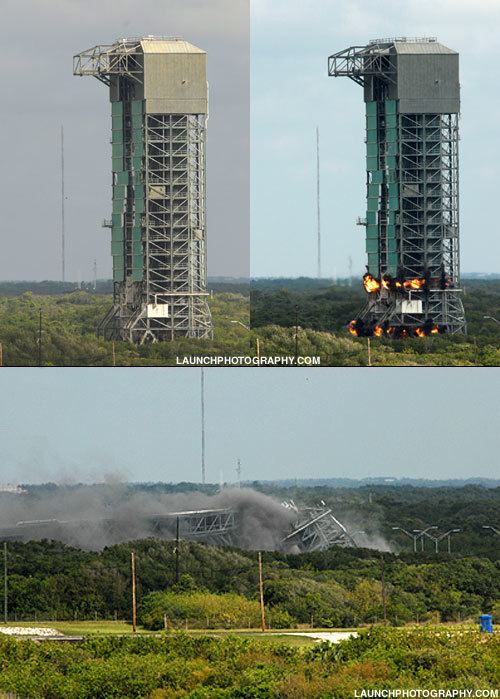
Blue Origin has leased the launch site since 2015 in order to build a new launch site for launching Blue's orbital rockets. Orbital launches are expected to begin from LC36 no earlier than 2020, and the first launch vehicle slated to launch there is New Glenn, under development by Blue Origin since 2012.

Historically, the complex consisted of two launch pads, SLC-36A and SLC-36B, and was the launch site for the Pioneer, Surveyor, and Mariner probes in the 1960s and 1970s. There were a total of 68 and 77 launches from pads 36A and 36B, respectively, while the US government operated the launch complex in the first five decades of spaceflight.
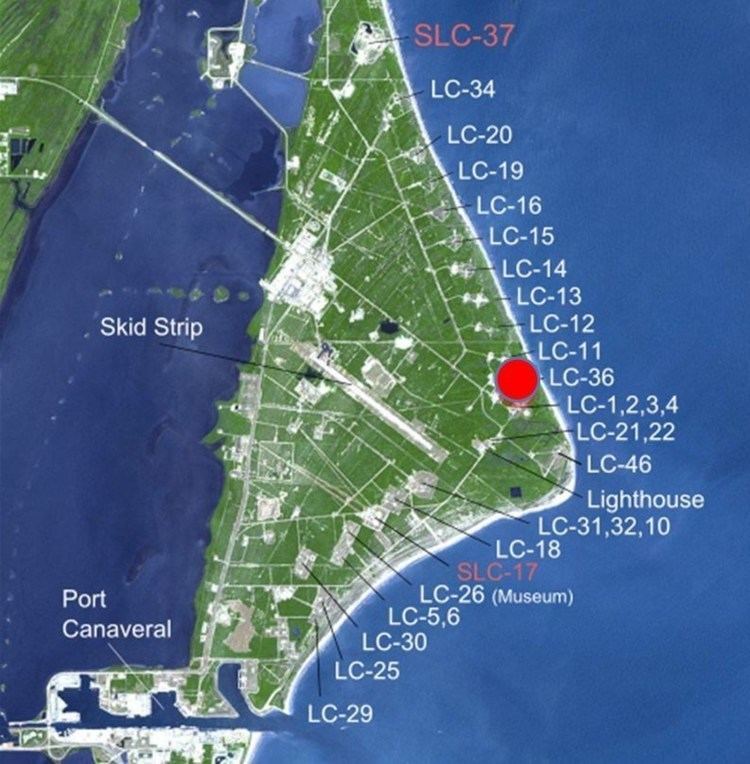
The Atlas rockets launched from Complex 36 were subsequently replaced by the Atlas V launch vehicle which launches from Complex 41 at Cape Canaveral beginning in 2002.
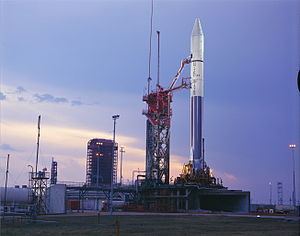
History
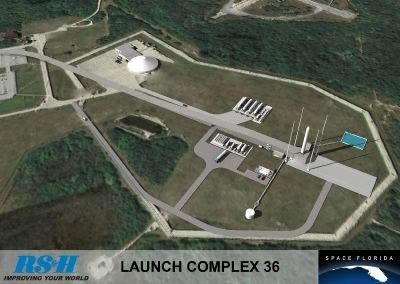
LC-36A was the scene of the biggest on-pad explosion in Cape history when Atlas-Centaur AC-5 fell back onto the pad on March 2, 1965. The accident spurred NASA to complete work on LC-36B which had been abandoned when it was 90% finished.
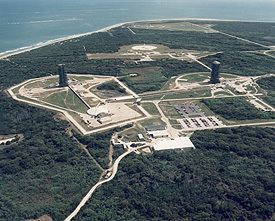
In 2008, Aviation Week magazine reported that the U.S. Air Force committed to lease Launch Complex 36 to Space Florida for future use by the Athena III launch system, but that program had not moved forward as late as 2013.
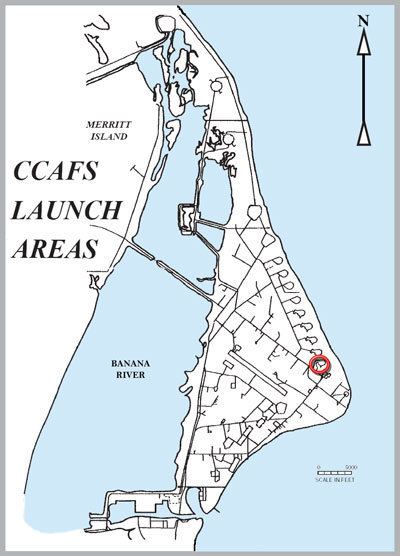
In March 2010, the USAF 45th Space Wing issued Real Property Licenses to Space Florida for Space Launch Complexes 36 and 46 at Cape Canaveral Air Force Station.
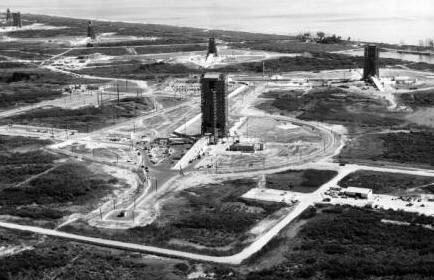
Moon Express leased the pad in February 2015 from Space Florida as a development and test site for its commercial lunar operations and its Lunar lander flight test vehicles.
In 2015, Blue Origin signed a long-term lease of launch site from Space Florida for launching Blue's orbital rockets, after Space Florida had previously leased the facility from the USAF in 2010 in order to facilitate commercial use of the land and facilities since the Air Force no longer required use of the launch complex. Moon Express and Blue Origin shared LC-36, delineated into LC-36A and LC-36B respectively, until Moon Express announced its relocation to Launch Complexes 17 and 18 in 2016, allowing Blue Origin full use of the LC-36 facility. As of 2016, orbital launches are expected to begin from LC-36 no earlier than 2020.
2006 tower demolition
The legacy Atlas-Centaur umbilical towers of both pads were demolished in 2006. The mobile service towers were both demolished in controlled explosions on June 16, 2007. Tower B was demolished at 13:59 GMT (09:59 EDT) and tower A followed twelve minutes later at 14:11 (10:11 EDT).
Blue Origin lease
On September 15, 2015, Blue Origin announced it would use Launch Complex 36 for launches of its orbital launch vehicle later in the decade.
Blue Origin has leased the land at Launch Complex 36 from the Florida state space agency, Space Florida, and will manufacture their new BE-4-powered orbital launch vehicle at the nearby Exploration Park, also a part of the Space Florida land complex. As of 2015, the first Blue launch from LC36 was planned for before 2020.
As of October 2015, the pad design and configuration was not yet known. Blue broke ground for the facility to initiate construction activity on the site in June 2016.
By March 2016, the first launch of the Blue orbital launch vehicle New Glenn was estimated to be no earlier than 2020 and that target date had not changed by the time high-level specifications for the new launcher were unveiled in September 2016.
The New Glenn will be a very large 7.0-meter (23 ft)-diameter vehicle. The first stage will be powered by seven BE-4 methane/oxygen engines producing 17.1 meganewtons (3,850,000 lbf) total thrust at launch. The first stage will be reusable and is designed to land vertically.
